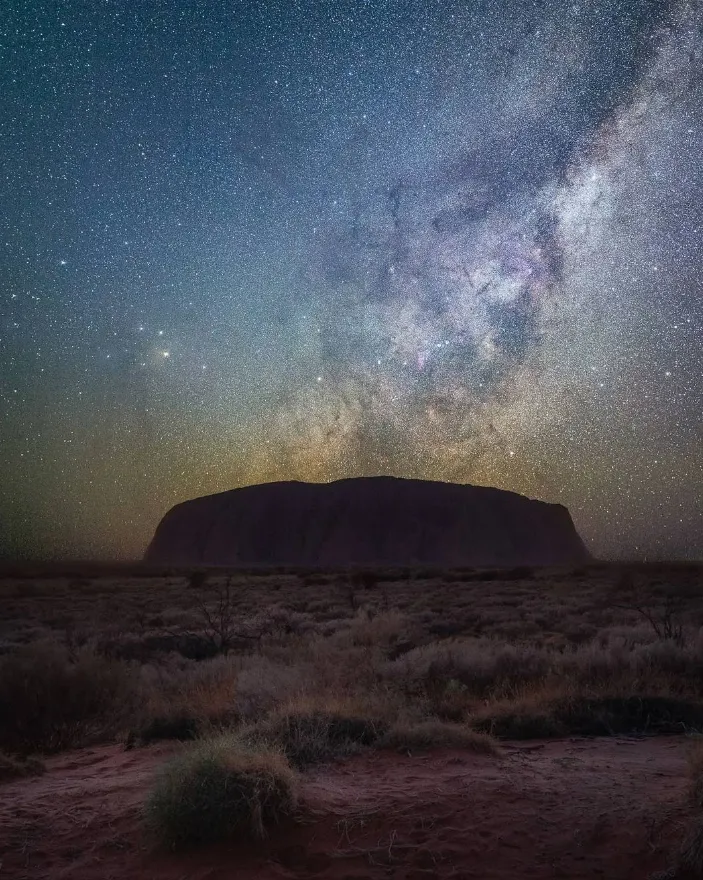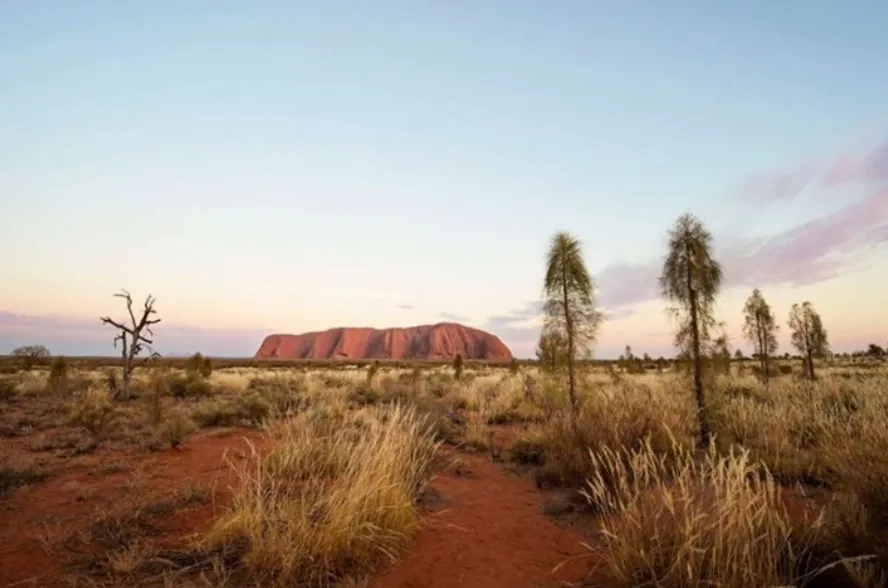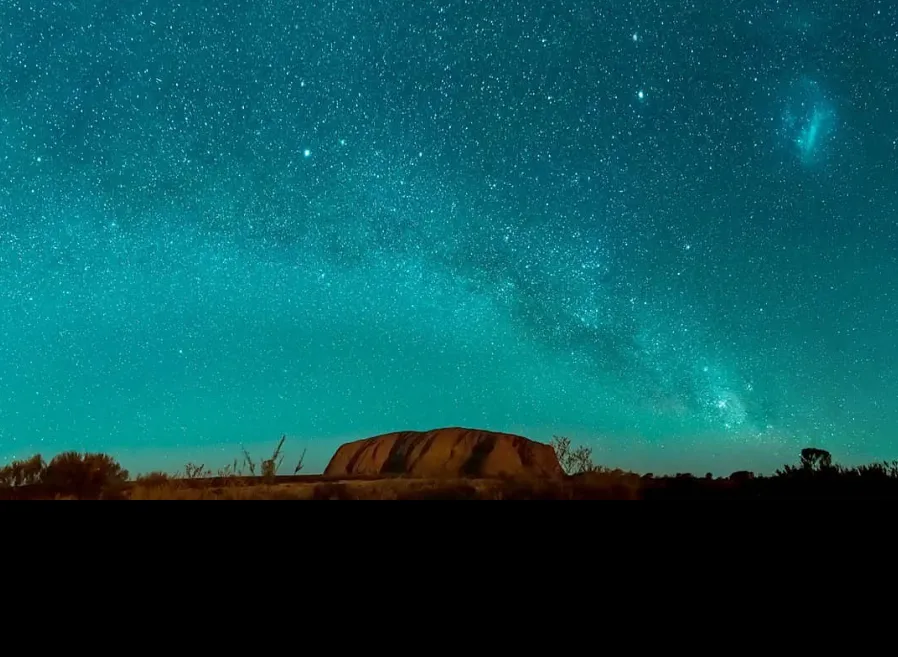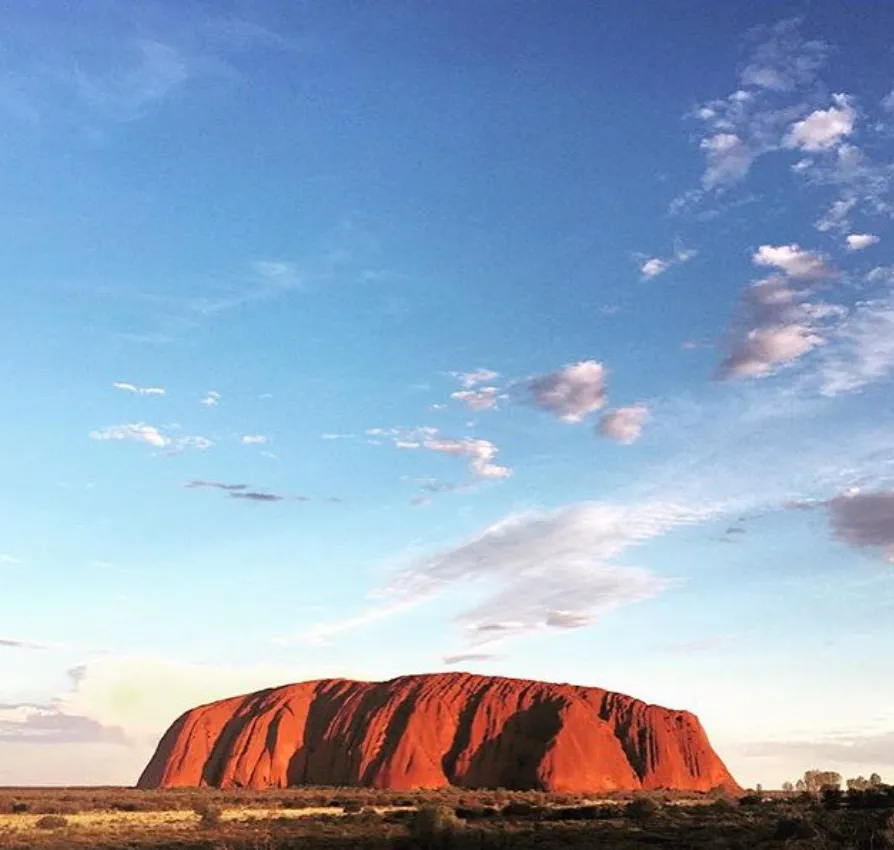Interesting facts about Uluru
What is the formation process of Uluru?
Uluru was formed over 500 million years ago when the area was covered by the sea. Sediments like sand and mud settled at the bottom of the water. These sediments covered the seabed and formed alluvial fans made of materials like sand and gravel. Over time, the alluvial fans turned into rock, specifically sandstone, which became the iconic landmark known as Uluru—a highlight of any Adelaide to Uluru tour.
Around 400 million years ago, the sea receded, and Uluru began to form. Over time, tectonic plates shifted, causing Uluru to tilt 90 degrees. In the last 300 million years, Uluru gradually transformed into its current state. Erosion over millions of years wore away some of the softer rocks on Uluru.


Who is the owner of Uluru?
The Anangu people are the original owners of the Uluru and Kata Tjuta National Park. They have lived in the area for over 30,000 years. The Australian Government leases the land from the Anangu people, and both sides collaborate on the national park. The Anangu people share traditional knowledge, while the Government incorporates modern science. This combination helps to conserve the culture, wildlife, plants, and landscapes of the area.
Uluru, a UNESCO World Heritage Listed site since 1987, has a rich history. There are some curious facts you might not know about the magnificent place.
Uluru was once grey
The sandstone rock was originally grey but has now turned red after exposure to water and oxygen. This change can be observed by looking at the inner surfaces. The rock’s iron minerals underwent erosion over millions of years, resulting in oxidation and rusting, giving it the striking color it has today.
The color of Uluru changes throughout the day, with different shades observed at sunrise, midday, and sunset. It is a unique sight.
Uluru has over 40 sacred indigenous sites and rock art depicting ancient stories. A to this area will provide you with fascinating information that will stay with you for a long time.


Uluru / Ayers Rock has two names
Uluru, known as Ayers Rock, has been referred to by both names for many years. Uluru is a rock formation of historical significance to the area owners, the Anangu people. It was later renamed Ayers Rock after the first non-Aboriginal person to discover it, William Gosse, who named it after Sir Henry Ayers, the Chief Secretary of South Australia at the time.
The rock formation previously known as Ayers Rock is now commonly referred to as Uluru as a sign of respect for Indigenous communities. Uluru is considered sacred by both locals and visitors. The rock formation was renamed Uluru/Ayers Rock in 1993, and that name remains in use today.







